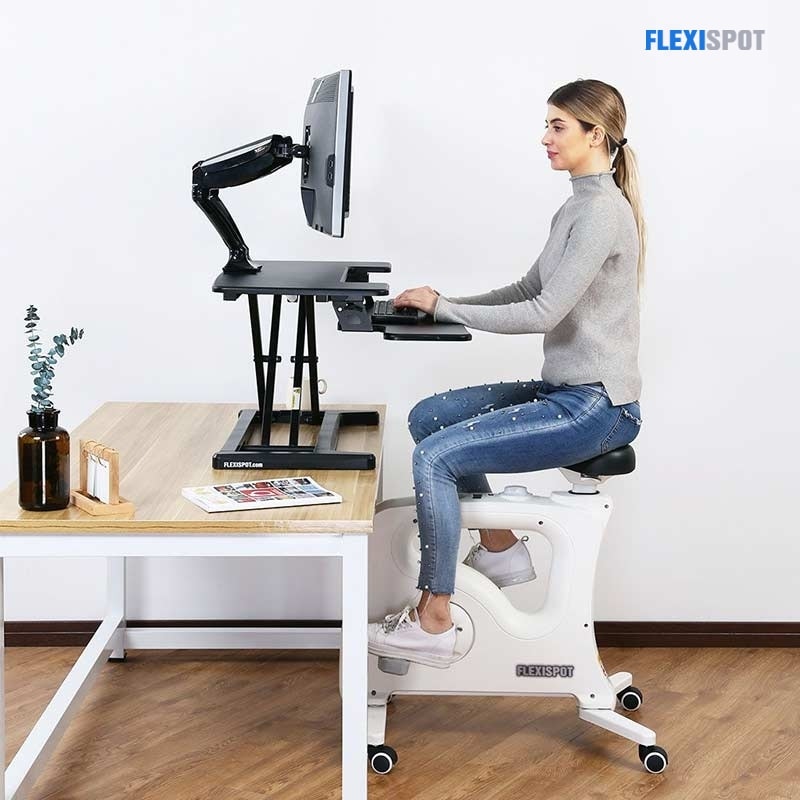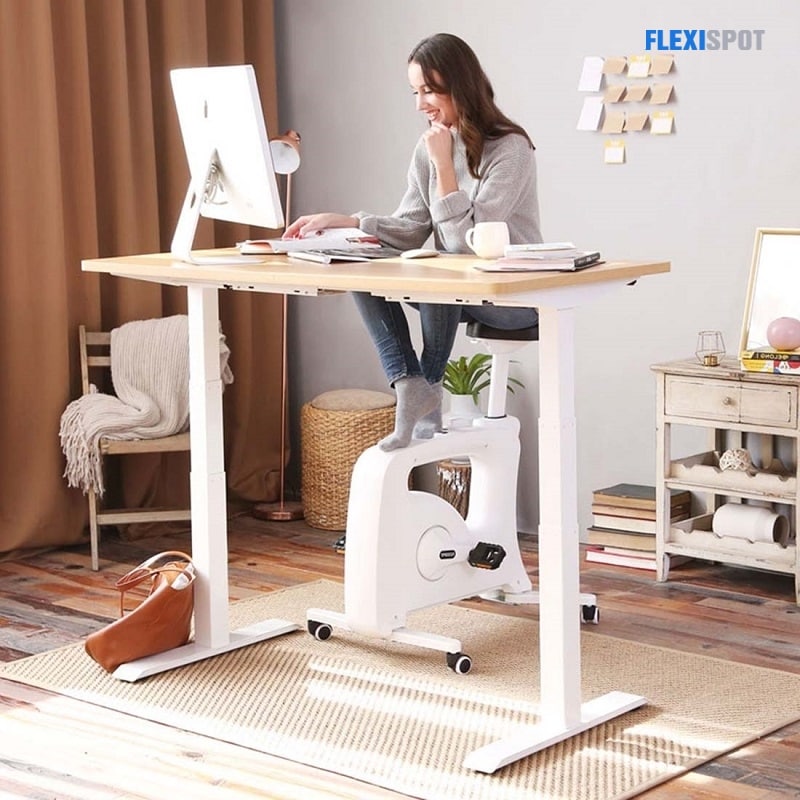Employees make essentially no input to the office structure, which is dependent on employers. Employers are responsible for providing the best working conditions for all employees to maximize productivity.
Ergonomics protects employees against physiological stress and other health-related costs, particularly injuries sustained at work. As a result, ergonomics helps organizations enhance employee health while also lowering business risks.
We have covered everything you need to know about ergonomics and employer obligations, as well as some OSHA ergonomics requirements, in the following paragraphs.
The Advantages of Ergonomics
There are various advantages to ergonomics in the workplace. Have you ever considered why ergonomics is so crucial? The majority of people, however, are dubious if it is a worthy investment. Ergonomics, on the other hand, has a slew of advantages that are hard to ignore.
Ergonomics provides various benefits, including improved working conditions, increased employee productivity, and much more.
In most situations with superior ergonomics, employee injury is decreased, and productivity is raised. Everything under the umbrella of ergonomics has many benefits, from office lighting to a simple ergonomic chair or table.
The Role of Ergonomics in the Workplace
To grasp the concept of ergonomics and employer duties, we must first get the concept of ergonomics. Ergonomics was well explained in 1993 by Saunders and McCormick.
According to their definition, Ergonomics is the application of human information, such as human behavior, capacities, and constraints. This data can create new jobs, tools, tasks, machines, and work environments. Ergonomics that are well-designed can make a workplace safer, more productive, efficient, and comfortable.
In a nutshell, ergonomics is the study of the interaction between a job and its employees. It is the employees' tasks and the care taken in designing these occupations to improve those who work there. Employers must use various goods, such as ergonomics reclining office chairs, desks, and other office supplies.
What is Covered in The Study of Ergonomics?
Studies on the following components of employee duties and the general workplace are included in ergonomics in the workplace.
Working Conditions
Ergonomics is the study of a productive work environment that includes physically demanding tasks as well.
Moving and lifting various heavy objects, for example. In addition, the work environment consists of the types of abilities that the profession requires over a set length of time.
The Physical Setting
Another essential part is the ergonomics research of the physical environment. The presence of biological, chemical, and physical factors, such as noise, airborne contaminants, air pollutants, and heat, are also covered in this study.
The Psychosocial Setting
Cultural, social, and behavioral aspects are all investigated in psychosocial environmental research. How do employees, for example, manage their work-life balance? What is the structure of a team? What is the work culture like, for example?
Environment Technological
Technology is the final part of ergonomics research. This comprises various designs, such as hardware, products, and software interfaces, among others.
The study of ergonomics, employer responsibilities, and the ergonomic workplace requirement combine to constitute the study of ergonomics, employer responsibilities, and the ergonomic workplace requirement.
What Is the Importance of Ergonomics in the Workplace?
Ergonomics in the workplace is pretty significant, from ergonomic desks to ergonomic lighting for the office. Employees in all sectors and occupations are constantly exposed to a variety of risks. The severity of these risk factors, on the other hand, may depend. Incorrect body posture, bending, lifting large items, dragging, pushing heavy objects, reaching overhead, and other variables are among them.
Employees must be well-trained to do these duties because using the incorrect way might result in various health problems, including Musculoskeletal Disorders (MSDs).
Office ergonomics research has demonstrated that the right furniture can boost workplace productivity. Even yet, when the correct desk accessories are combined with some experienced office desk design ideas, a company's employees' energy levels may rise.
This also makes the workers feel valued and appreciated, leading to better employees becoming more productive.
Employer Responsibilities and Ergonomics
Employers have a primary responsibility to ensure the safety of their employees. Employers must enhance working conditions to help employees achieve more excellent health and a safe working environment.
All employees must have access to a safe and healthy working environment. They must never take staff safety for granted, and this covers both plants and safe equipment.
The ergonomic goals and objectives must be established and conveyed to all employees at the workstation quickly.
It is preferable to solicit employee feedback and suggestions when designing workplace ergonomics and include them in the development process at all times.
Ergonomics protects employees against physiological stress and other health-related costs, particularly injuries sustained at work. As a result, ergonomics is now an integral aspect of the workplace.
To their employees, employers must provide high-quality ergonomic equipment and products, such as the Kana Bamboo Standing Desk and the Ergonomic Office Chair OC3B.
Look for some comfortable equipment and accessories at FlexiSpot. Provide a safe and secure environment for all of your employees by outfitting your office with high-performing ergonomics.
Conclusion
Ergonomics has a solid link to the employee-employer interaction. What are the employees' responsibilities, for example? What kind of tools do they need to get the job done? Employers can learn how to design the workplace to avoid defects and offer a safe atmosphere through ergonomic risk assessment.






